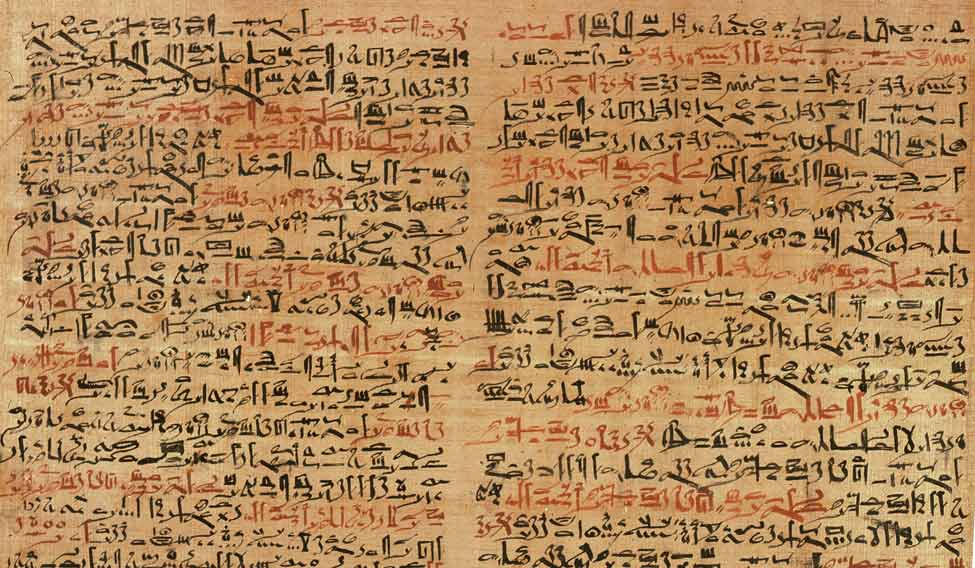In a new University of Copenhagen study, analyses of 2,000-year-old papyri fragments with X-ray microscopy showed that black ink used by Egyptian scribes also contained copper—an element previously not identified in ancient ink.
Although the analysed papyri fragments were written over a period of 300 years and from different geographical regions, the results did not vary significantly:
Egyptologist and first author Thomas Christiansen said that the composition of the copper-containing carbon inks showed no significant differences that could be related to time periods or geographical locations, which suggests that the ancient Egyptians used the same technology for ink production throughout Egypt from roughly 200 BC to 100 AD.
The papyri fragments were investigated with advanced synchrotron radiation based X-ray microscopy equipment at the European Synchrotron Radiation Facility in Grenoble as part of the cross-disciplinary CoNext project, and the particles found in the inks indicated that they were by-products of the extraction of copper from sulphurous ores.
According to the researchers, their results will also be useful for conservation purposes as detailed knowledge of the material's composition could help museums and collections make the right decisions regarding conservation and storage of papyri, thus ensuring their preservation and longevity.
The study is published in Scientific Reports.





